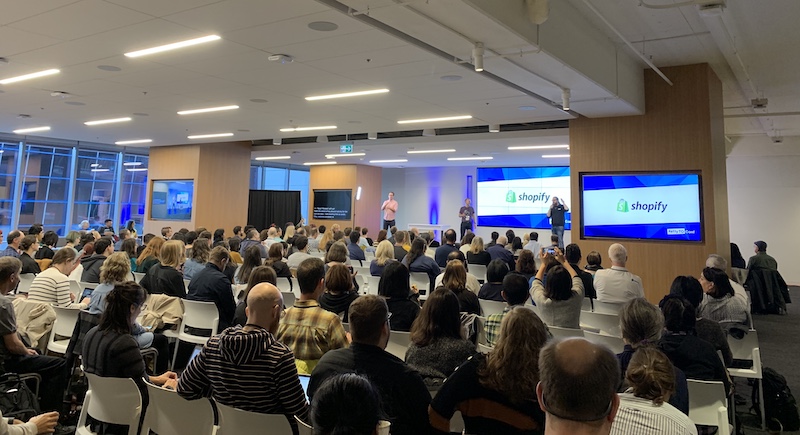With CSUN and axe-con ending, what are other events or conferences are coming up? Here’s a list of upcoming digital accessibility events in mid-2021. Feel free to comment with more.
- TechAccess Oklahoma 2021, April 20-22
- Added: Web4All April 19-20
- Making a COVID-19 Site Accessible: From Tweet to Action (live YouTube), A11yTalks series, April 22
- A Future Date conference, date to be announced @afuturedateconf
- Global Accessibility Awareness Day, May 20 #GAAD
- Accessibility Camp Bay Area, May 22, @A11yCampBay
- John Slatin Virtual AccessU 2021, May 13 and 18–20, Knowbility
- Accessibility Toronto Camp, Saturday May 29, tweet announcement, @a11yTO #a11yTOCamp
- Inclusive Design 24 returns September 16, @id24conf #id24
- M-Enabling Summit, October 4-6, 2021, Washington DC @menablingsummit
- Accessing Higher Ground – November 15-19, submit speaker proposal (due 5/12)
Also, check out my Twitter list of accessibility meetups around the world.




